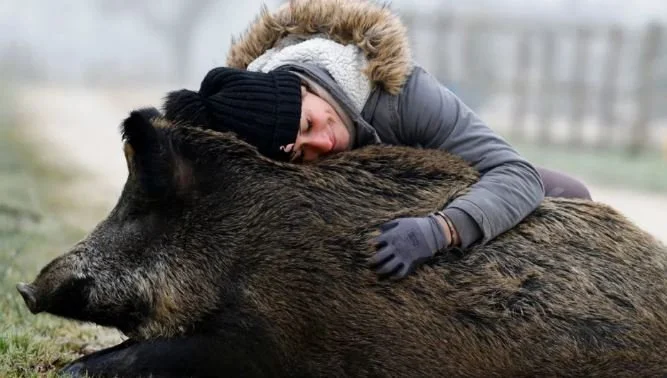Czech Beavers Build Dams While Authorities Dawdle for Years
Last month beavers in the Czech Republic built several dams in the Brdy region, practically overnight. The semi-aquatic mammals managed to construct their “infrastructure project” exactly where humans had planned to build one themselves, but had been stalled for years while local authorities grappled with permit issues.
According to Radio Prague International, administrators of the Brdy protected area (about 50 miles southwest of Prague) had received approval to construct a dam as a habitat-rehabilitation project, but had not received building permits from the Vltava River Basin authorities. While the two agencies haggled – for over seven years – a small colony of beavers went ahead and constructed their own dams, just where they were needed.
“The Military Forest Management and the Vltava River Basin were negotiating with each other to set up the project and address issues regarding ownership of land,” says Bohumil Fišer, head of the Brdy Protected Landscape Area Administration. “The beavers beat them to it, saving us CZK 30 million [$1.25 million USD]. They built the dams without any project documentation and for free.”
The point of the dam project was to revitalize an area of the Brdy region that had been damaged by the presence of a military base. Environmentalists who inspected the dams say the beavers did a really good job of it, creating prime conditions for the rare stone crayfish, frogs, and other species that thrive in wetlands.
The European or Eurasian beaver (Castor fiber), like its counterpart in North America (C. canadensis), was once hunted to near-extinction. By the beginning of the 20th century, there were only an estimated 1,200 beavers throughout the continent. Today, due to conservation efforts by more than two dozen countries, there are about 1.5 million of the dam-builders in the wild.
Beavers are a keystone species, meaning they have an outside influence on an ecosystem. When they are doing well, other organisms in the food web benefit. Water quality improves, aquatic and semi-aquatic creatures find purchase, plant life thrives, and in some cases, local governments mired in red tape can save a few bucks.
Photo credit: Harald Olsen / Creative Commons







